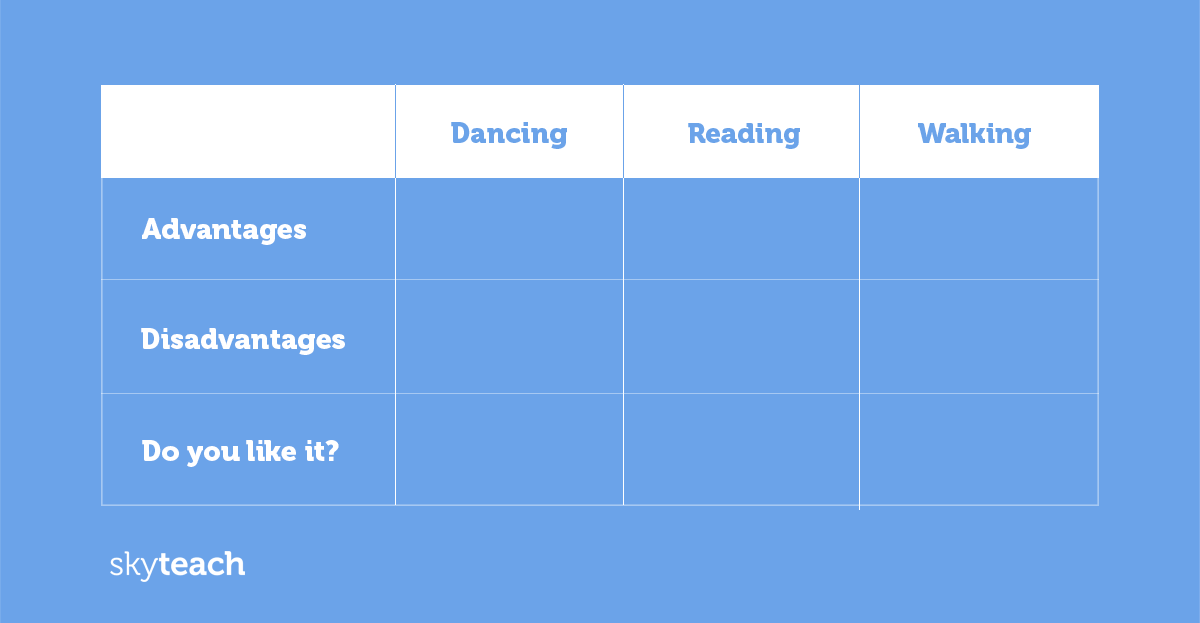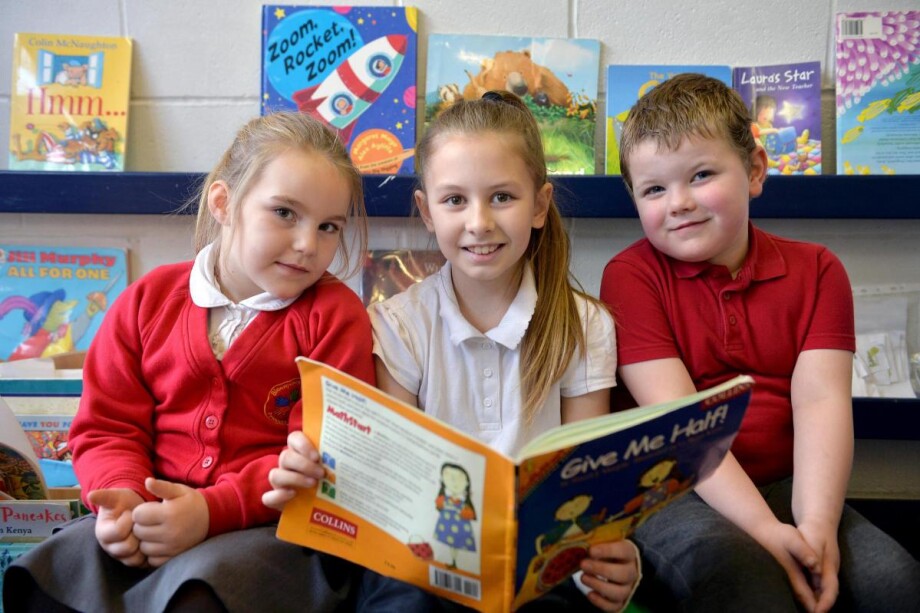Many teachers don’t manage to find interactive ways to indulge children into the learning procedure. Of course, working with kids can sometimes bring some difficulties which hinder their progress of learning. But if teachers equip their lessons with games and mingling activities, children will be more keen on their classes. In this article we are going to give the definition of a mingle and adduce examples of mingling exercises.
What is a mingle?
A mingle is an activity where a pupil talks to one of his classmates, then goes on speaking to another classmate. The main advantages of mingle tasks are that all kids work with their partners or in small groups, then change their partners, listen to their answers and write down some notes. The next principal aim of the activity is face ‐ to ‐ face interaction among students. As far as the teacher’s role is concerned, since he cannot control the whole classroom, he should pay more attention to the students, who need some support.
Mingle activities are based on the gap–difference principle. They can be introduced as the information gap, the opinion gap, or the knowledge gap. Kids switch their pairs and look for the required information to fill in the gap. Mingles look like our real-life situations where we search the same information from different people to come to some kind of conclusion or to carry out a survey.
According to Robertson and Acklam, mingles “allow constant repetition of a particular question or collection of the opinions of many students.” With the help of these activities pupils are given a chance to repeat the same utterances several times, and improve their speaking skills.
Types of mingle activities
Mingle activities can be focused on
- language (form-focused mingles);
- communicative functions (form-focused mingles in communicative disguise);
- meaning (meaning — focused mingles).
Form-focused mingles
The main goal of form-focused mingles is to practise vocabulary and grammar.
Example 1:
First students get and complete a writing task (reorder words to make sentences; fill in the gaps with the words below; write adjectives to complete collocations). Then the teacher checks their work. In the next step the student becomes the “teacher” regarding the item and mingles, switching from student to student, asking for answers, and checking the accuracy of the responses.
Example 2:
Each student is given a different sentence. Students mingle and dictate their sentences to everyone. When each student has written down every sentence, students form pairs and arrange the sentences into a coherent story. Then students read aloud this story. The teacher can also ask them to change the story so that it is true for them.
Form-focused mingles in communicative disguise
Form-focused mingles in communicative disguise help learners practise grammar and vocabulary in simple situations concentrating on communicative functions. They can ask for advice or help, express regret, invite friends to a party, ask for directions.
Example 1 (Find someone who):
This task helps your kids to practise different tenses and question formations. In this way students carry out a survey and as a result find someone, who
- has a cat
- has a dog
- has a sibling
- speaks Russian
Find someone who:

Example 2 (Poll your classmates):
- Students write down three school subjects, sports, food, flowers they don’t like. Students mingle and ask their classmates questions to find somebody who has similar dislikes. For example: “I don’t like ______. What about you? Do you agree with me?” At the end of the activity you can ask your kids with which classmate they have a lot in common.
- Each pupil gets some short texts, read them and prepare a few questions based on them. While mingling, they ask everybody to read the text. Then they retrieve the text and ask their partner to answer the questions they prepared.
Example 3 (teller — listeners):
Divide your classroom into two parts — tellers and listeners. The teller tells the listener about his daily activities. Then tellers and listeners change their partners and tell the others. The second stage of this activity assumes changing roles — listeners become tellers, and tellers become listeners. Here is a nice example in a real classroom.
Meaning — focused mingles
Meaning — focused mingles help your kids to share and collect both information and opinions, which they will later use for doing projects or research.
Example 1:
Each student gets a card with the names of three pastimes; after analyzing the three activities, they list the advantages and disadvantages of each pastime. Students poll their classmates about their attitude toward the three activities to find out what they think about each of the pastimes and why they like or don’t like them.
Activities:

Example 2 (Find what I’ve written)
Distribute sheets of paper to your kids. Ask them to write down some sentences about themselves. Then mingle their answers and ask them for which classmates are these sentences true and who has written them.
Example 3 (Puzzles)
For this activity you need to have photos of animals equal to half the number of participants. Cut all the photos in pieces, like puzzles and then shuffle the pieces. First you give each participant one half of an animal photo. The goal for each person is to find the person who has the other side of the photo. Before two kids are allowed to compare pieces with each other, each person has to tell the other person something about himself. Such as “My name is Ann. I am 8. I like pizza. I don’t like vegetables”. They go on like this until everyone has found the person with his matching puzzle piece.

To find some other interesting mingle activities, check the following links.
Hopefully, the use of these mingle exercises will be the right strategy in your classroom and will help your kids to talk improving the quality of communicative competence in English.






 Юлия Белоног
Юлия Белоног 
 Анна Тетерина
Анна Тетерина 
 Мария Коврова
Мария Коврова 
 Александра Лунева
Александра Лунева 
 Мария Лазарева
Мария Лазарева 
 Анастасия Яковлева
Анастасия Яковлева